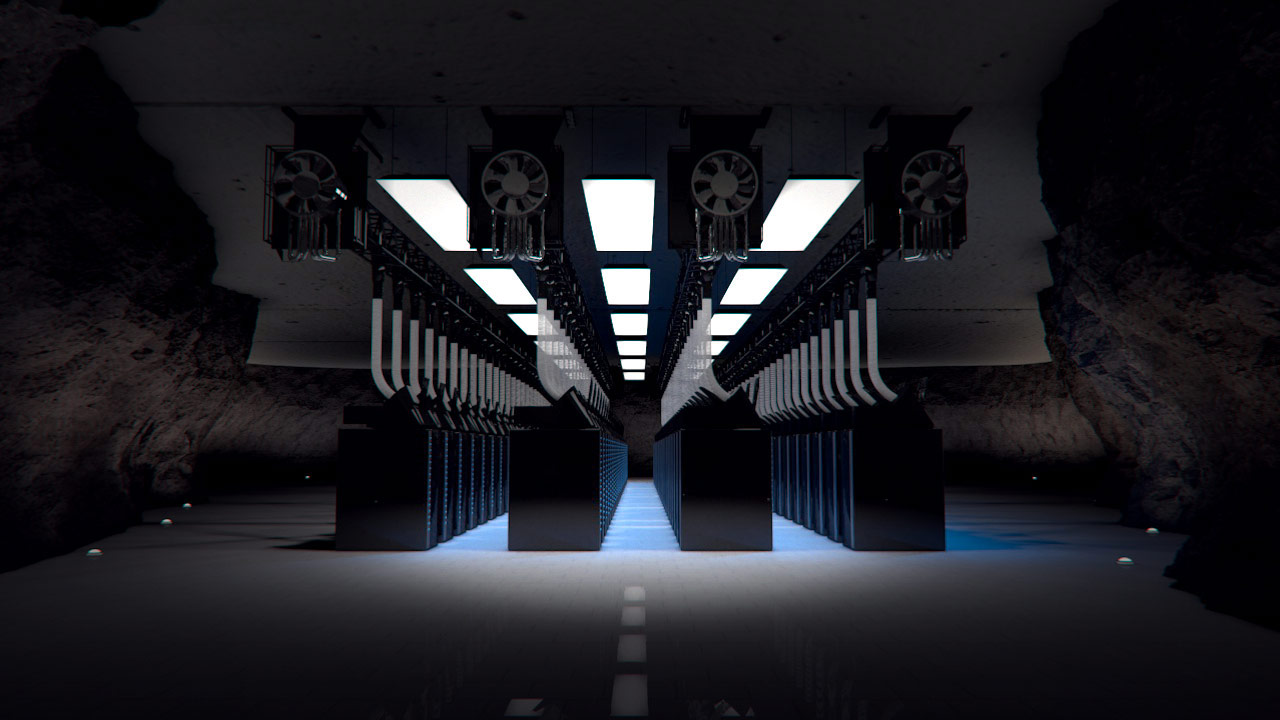
My scientific collaborator Dr Megan MacLeod and I discussed how specific elements of the immune response could translate into a plausible game world for The Garden of Synthetic Delights. We looked at what the parallels might be, and where there would be a need to simplify or streamline. Ahead of deciding which scenes will be featured in the trailer animation, it was important to set up all the final ‘rules’ and mechanics of the game.
Starting off we identified the lymphoid organs as templates for a ‘base’ from which the player mounts their efforts. This wouldn’t represent one of the particular lymphoid organs in the body, but any structure which fulfils some of those functions. A base is also the host for a stem cell which divides and gives birth to the main protagonist cells that the player interacts with. Despite the fact that in real life, this process happens mostly in the bone marrow, we decided to simplify, and make the base the central production point of the player’s assets.
Our protagonist cells and primary assets on the playing field are two types of immune cells: a primary type fighting on the front lines (incorporating properties commonly found in CD8 T Cells and Natural Killer Cells) which is indirectly controlled through a secondary support and organisational type (with features common to CD4 Helper T Cells). The latter cells are directly influenced by the player and indicate direction, strength and type of attack or defence, and also flag targets and set actionable priorities. The primary fighters then follow these instructions.
A specific behaviour we identified and updated (formerly ‘tracking’) is the possibility to instruct cells to not actively fight (thus saving resources) but merely to resist enemy cells and wall them off. This can indeed occur in the body when breaking down infected cells would result in too much surrounding damage. Instead, enclaves are formed which maintain and neutralise an infection.
We also identified an essential feature of the initial immune response in the dendritic cells, which relay information and processed samples of an infection to the immune response system, as an integral part of the game. The player will rely on these scouts (or ‘Dendrones’) to reveal the state of the gameplay area, and to assess the nature of the opposing force.
Just like immune cells in the body, the game cells will need to be constantly provided with so-called growth factors to stay alive. The cells will be naturally spending their energy and shrinking, and will need to be replenished to stay alive, especially when engaged in the immune response. Just like in the body, cells in the game world will have an advantage if they are located closer to the base, as this will provide them with plenty of resources. (They are however further from the action and thus less relevant). The farther out in the arena the cells venture the more useful they become, with potential to specialise. This, however also puts them at risk in a fragile situation. The player thus needs to establish a strategic balance similar to the one that the immune system presents with central memory cells vs tissue resident cells (and the hybrid effector cells).
As Megan pointed out, the body has ways to regulate the number of immune cells present in the body at all times through its innate homeostasis. These numbers vary and increase during infection, and decrease again after a successful response, but there is generally an overall number that is kept constant. For the game, we decided that rather than having a constant number of cells, we would have the base produce cells infinitely at a constant rate.
In addition to the stem cell mechanism, this would be particularly relevant to what a ‘victory’ (or ‘defeat’) in the game would look like where the opponent’s base is swarmed with friendly cells, absorbing the newly generated cells as fast as they appear. The essential point is that all opposing parties start out with the same infrastructure and rate of cell production. It is through tactical and strategic choices that an advantage is obtained.
Projecting the base capacities further out into the playing field is done by building advance ‘mini-bases’ modelled on tertiary lymphoid organs, which can appear within other organs following a strong immune response. These will be connected to the main base by pipeline-like structures inspired by the fibroblast reticular network which give lymph nodes their structure. Among the advantages of forward bases then is the possibility of replicating a cell that has seen action in the fight and has acquired specialisations (a memory cell) passing its knowledge on to the clones, as well as spreading growth factors locally.
The player has, at all times, the possibility to kill off their own cells through Apoptosis (regulated or programmed cell death, as opposed to necrosis, a traumatic cell death), to free up space and resources.
Some antigens (such as HIV) have the power to infect T cells directly, thus striking at the heart of the immune response directed at them. We will evoke this through the special in-game ability to hijack a limited number of an opponent’s cells.
There is still debate in the scientific community around whether the concept of molecular mimicry really exists, whereby an antigen triggers an immune response to cell receptors that look very similar to host cells. This can lead to autoimmunity. This theoretical possibility could be exploited by a player through ‘specialising’ one of their own cells in such a way that the opponent’s cells are confused and attack both their own and the trigger cell. This would result in the so-called ‘zombie’ behaviour of indiscriminate attack.
Eric Schockmel, March 2015

